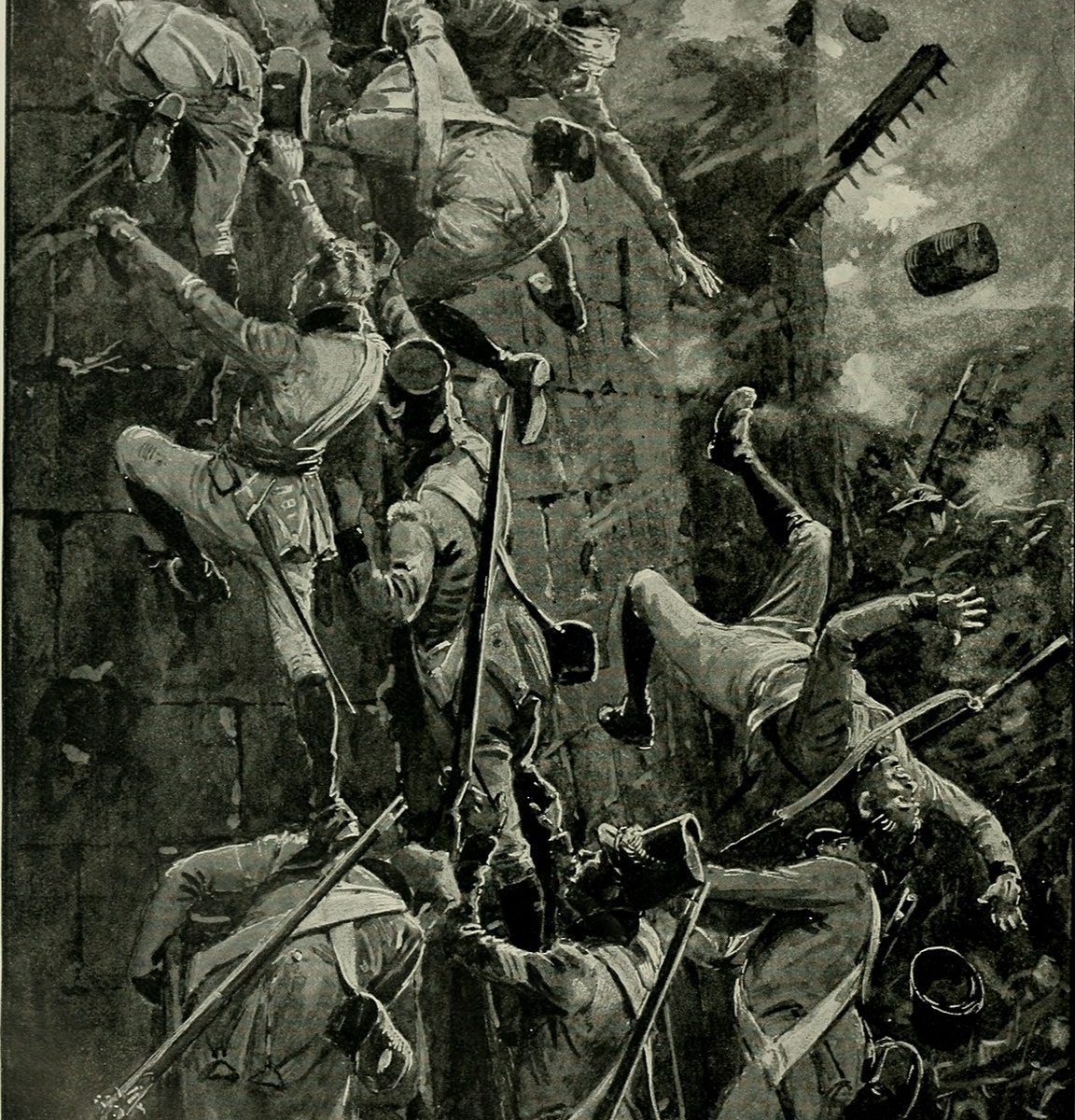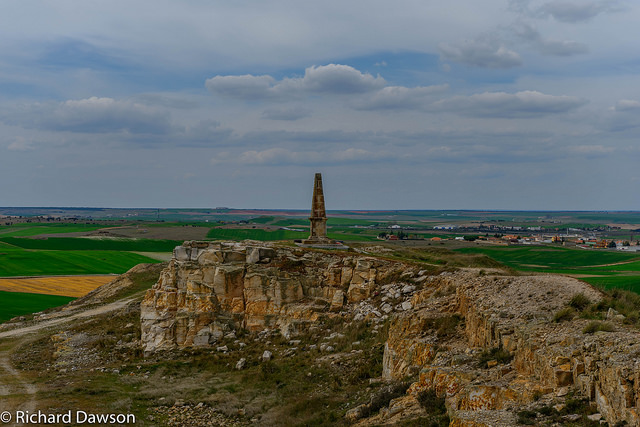In describing the Sharpe books by Bernard Cornwell as my elephant in the room, I’m very definitely not being serious. These novels are a lot bigger than an elephant.

During the course of this year I have independently published the first four books of my Peninsular War Saga on Amazon, and before I did that I was already nervous about them being compared to the Sharpe novels, since those, for most people, are the gold standard of novels describing Wellington’s war in Portugal and Spain in the early nineteenth century. Authors like C S Forester, Patrick O’Brian, Alexander Kent and Dudley Pope have depicted the navy in impressive detail, and in recent years, Cornwell has been joined by authors such as Adrian Goldsworthy and Iain Gale. But Bernard Cornwell’s Sharpe remains the character that most people remember from popular fiction when they think of the Peninsular War.
In part, of course, this has a lot to do with the classic TV adaptations starring Sean Bean which aired between 1993 and 2008, based loosely on the books. But Cornwell’s books, with their meticulous research and brilliant battle descriptions are enduringly popular in their own right, and for a new writer, the thought of being compared to a writer who has already done something so extraordinarily well, is extremely daunting and definitely unavoidable.
The first four novels of my Peninsular War Saga were all published between May and September of 2017, but I had been writing them for a number of years. My original hope was to try to find an agent and go the traditional publishing route, but the responses I received all gave me the same message; there is currently no market for historical novels set in the Peninsular War. Unless, presumably, they’re written by Bernard Cornwell. Left with the choice of abandoning the books or going the independent route, I chose the latter and I’m very glad I did. In less than six months, I’ve sold some books and I’ve had a few reviews, mostly very positive, one or two less so. I’m currently working on book five and I’m enjoying myself very much. But good or bad, the reviews tend to mention the S word, and it’s led me to finally stop ignoring it and to stare straight at the elephant. I’ve received a number of messages and posts asking questions about this, and I thought I’d use those as a basis to face up to my fear of Richard Sharpe…
Did you get the idea for your books from reading or watching Sharpe?
No.
The lead character in my books is called Paul van Daan, and he came into being very early on in my writing career. I’ve always been obsessed with history, studied at school and then at university. I’ve always read a lot, especially historical novels, and I started to write my own as a teenager. They were dreadful and I destroyed them many years ago.
The first full length book I wrote was set in South Africa in the nineteenth century. It was a period I’d studied and was fascinated by, especially given the political situation at the time with apartheid. I read everything I could about how South Africa came to be the way it was, and I wrote a novel based around the early conflict between Boer and British which led to the Great Trek. My leading character was a Boer who had lost family at Blood River, but who for various reasons found himself being educated and raised as an Englishman, with all the ensuing conflict. The young officer’s name was Paul van Daan.
Over the years I wrote a lot of other stories and novels, most unfinished. I made a few efforts at getting published, but it became obvious very early on that I was going to get nowhere with my South African novel. The political climate became increasingly sensitive, and it was obvious that a white, English working class female was not the right person to publish a novel set in nineteenth century South Africa with all it’s complicated racial politics. Paul and his story were abandoned in favour of other things.
A few years ago, with my children growing up, I decided to give writing another go and I worked on several other projects, while re-reading my earlier efforts. Most of them were unceremoniously dumped at that point, but something about this novel stayed with me although I had no intention of going back to it. After a lot of thought, I realised that it was the characters that I liked. Paul van Daan was a soldier, not particularly easy but to me, very appealing. Carl, Johnny and Michael were all a part of that early book. So was Anne. Paul’s first wife was Dutch and was named Renata. Of all of them, her character probably changed the most. Renata was something of a mouse, while I really like Rowena. But I was surprised overall at how happy I was with this little group of people even though I wasn’t that happy at where they were living. But it occurred to me suddenly that I didn’t need to be wedded to one particular location or time period.
Once I was looking for somewhere to relocate my series, the Napoleonic wars were obvious. I’d studied them and I’d read about them. By this stage I had both read and watched Sharpe, and then followed up by a lot of reading of biographies. In particular I was very attached to Sir Harry Smith who was a major character in the original novel as mentor and friend to the young Paul van Daan. I’d read his autobiography as background and that played a big part in my decision to attempt the Peninsular war. I’m rather delighted with the fact that in the novels I’ve published, their relationship is reversed and it’s Paul who is the senior, taking an interest in young Captain Smith’s career…
For a while, I pretended not to think about Sharpe, but it didn’t bother me anyway since I didn’t really think I’d ever get far enough to publish the books.
Is your lead character like Richard Sharpe?
Not much, to be honest.
Richard Sharpe was a lad from a poor background who joined the army and managed, through talent, courage and a lot of luck to get himself an officer’s commission at a time when most commissions were purchased. He was a good soldier and a good leader but he struggled to fit in because of his background. Every promotion was a fight for him and he had to be better than all the others to achieve them.
Paul van Daan, in contrast, was born with the proverbial silver spoon. His father made his money through trade, his mother was English aristocracy and he went to Eton and Oxford. He’s arrogant, clever and always knows best and he has enough money to buy his way to the top. If he’d been around after Talavera, he would have been the man Josefina ran off with because he could have afforded her. Richard Sharpe would have hated him on sight.
Looking a bit closer, however, maybe not.
Paul van Daan has one or two odd things in common with Sharpe. One of them is a very pretty set of stripes across his back. Sharpe got his during his early days in the army; Paul got his in the Royal Navy. After he got thrown out of Eton for a long list of bad behaviour which culminated in him throwing the Greek master into a fountain, his father sent him to sea as a midshipman on one of his trading vessels to make a man of him. The ship was wrecked and only one lifeboat made it to shore on Antigua where the men were scooped up by a press gang desperate for experienced sailors. Nobody believed Paul’s story about his wealthy background, or perhaps they just didn’t care that much; they were desperate for men. At fifteen, Paul fought at the Battle of the Nile under Nelson and earned himself a promotion to petty officer before he managed to get word to his father who secured his release.
Two years below decks gave Paul van Daan a slightly eccentric outlook for a young gentleman which he took into the army with him a few years later. Sharpe might have hated him on sight, but I’d pretty much guarantee that after their first battle together, they’d have been getting happily drunk together.
What about promotions?
Not much doubt who is going to move faster through the hierarchy given Paul’s money and background. Sharpe would definitely have been grouchy about that. Paul is a major at 26 when Sharpe hadn’t even got started properly, and a colonel in his thirties. Having got there, however, he stays there for a long time. He’s found his niche, he’s not after more money and he wouldn’t take an administrative posting to move up if you begged him to; Paul likes to fight. He’ll finally move up again for Waterloo, I suspect, but we’ll see…
And the Chosen Men?
Paul’s friendships aren’t always popular with the army establishment. He’s on equally good terms with the son of an Earl and his cockney sergeant. He’s not in the Rifles, but he is a light infantry officer. After a lot of thought I invented a completely new regiment or two for my books and expanded the light division to accommodate them.
There is an Irish sergeant although he doesn’t resemble Patrick Harper very much since he’s an educated man who joined the ranks to hide after a failed rebellion in Ireland.
And Wellington? Paul is close to him in a way that Sharpe could never have been. Partly that’s because of his background; Wellington was a snob. Almost as important, though, is the fact that Paul has the thickest skin in the British army and doesn’t care how much his chief yells at him, which is probably a pleasant change for Wellington who tended to upset more sensitive souls. The only things Paul gets upset about are arseholes saying the wrong thing about his wife and any general whose incompetence puts his men at risk.
And what about the women?
Ah yes. Well, there are a few, in the early days. Definitely something Paul and Richard Sharpe have in common. Actually, I think Sharpe was often better behaved about this than Paul. But then during a thoroughly unpleasant posting to Yorkshire in 1808, Paul meets Anne Howard. It’s not particularly simple since he’s married and she’s about to be, to a junior officer, but this particular love affair isn’t going to go away. As for running around with other women once he’s with her, I wouldn’t personally recommend it…
If I liked Sharpe, will I enjoy your books?
I’ve got no idea. Try one and if you like it, read the others.
A friend who read them suggested a tagline of Sharpe for Girls. I don’t see it myself, since I know so many women who loved the Sharpe books, but I suspect that one of the biggest differences in style is that although Paul is the main character, once Anne comes on the scene she gets equal treatment a lot of the time. She isn’t really a girl to be sitting around looking pretty and she spends a fair bit of her time in the surgeons tents covered in gore. When she’s not doing that, she’s organising the quartermaster and bullying the commissariat, taking time out to flirt outrageously with the commander-in-chief and generally shocking the ladies of headquarters during winter quarters.
Both men and women seem to be reading and enjoying the books. I’ve recently changed the covers; the first cover was very much a ‘romantic novel’ look and I didn’t think it reflected the books very well. The new covers have definitely improved sales, and I’ve had a couple of very good reviews from men.
How would you describe the books?
Not as a Sharpe copy.
I can’t describe what I’ve written so I’m going to quote a couple of reviews.
“Absolutely brilliant. For 40 years I’ve been fascinated by this period of history, and have read everything I could my hands on, history, biography, memoirs and fiction. This series is the best fiction I’ve ever read – fantastically well researched and historically accurate, with wonderfully drawn characters and relationships. They give a brilliant idea of what war was like then, as well as a moving love story and brilliant relationships between the male characters. Got to the end of number 3 and luckily the fourth was published one day earlier, now I’m dying for no 5.”
“What a great series. Loved the characters. Well researched, unputdownable!”
“Good book well written thoroughly researched.”
I’ve had two bad reviews for these books out of a fair few excellent ones.
One of them complains that the book is too like Sharpe and it’s the reason, to be honest, that I’m writing this post, because it made me think about it. When I write about a particular campaign, my first thought is always, where were my regiment and what was their role in it. When I read that review, I admit to a bit of a panic. I couldn’t remember anything about Sharpe’s role in Massena’s 1811 retreat and I was worried that I’d accidentally copied Cornwell’s treatment of that. I needn’t have worried, Sharpe wasn’t even involved in that campaign, he was off at Barossa. Just as well actually, he’d have killed Erskine stone dead. My lad came close.
When I looked again at the review I realised he’d given equally unfavourable reviews to other authors who had written books about this period, some of them well-known. I’m taking the view that for this particular reviewer, if you’re not Cornwell you shouldn’t be writing about this. Nothing I can do about that.
The other review was a lot more detailed and it was from a lady who seemed to object to the romance in the novel which she complained was too much of a contrast to the unpleasant descriptions of war. I couldn’t establish which she wanted more or less of.
The rest of my reviews have been great and I’m so grateful to the people who have read the books, enjoyed them and taken the trouble to write a review. Even a couple of lines is a big boost.
A few of them mention Sharpe. Every time I see it, I feel very honoured at being mentioned in the same sentence as Bernard Cornwell, since I’ve been reading and loving his books for twenty years now. I’m also completely terrified because I don’t want to let people down by not being as good.
During the years I’ve been working on these books I’ve done an unbelievable amount of research. I’ve learned facts about Wellington’s army that I never thought I’d have reason to know. I’ve also talked to some great people who are as passionate about the period as I am and that’s one of the things I love most about doing this.
Books one to four of the Peninsular War Saga are available on Amazon on kindle and in paperback. Book five, which covers the Salamanca and Burgos campaign, will be published next year. They’re not Richard Sharpe, they’re Paul van Daan. I hope you enjoy them anyway…

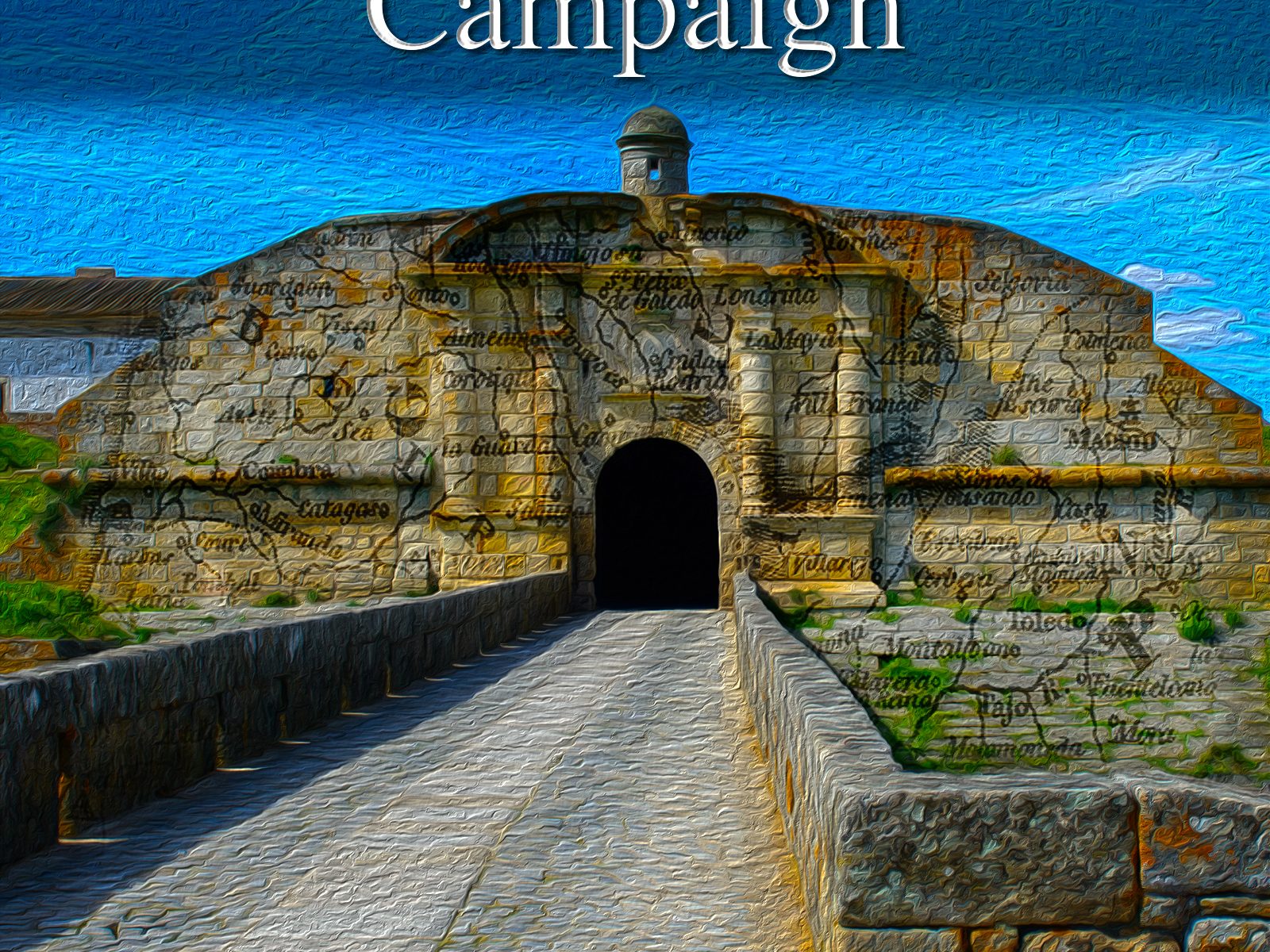
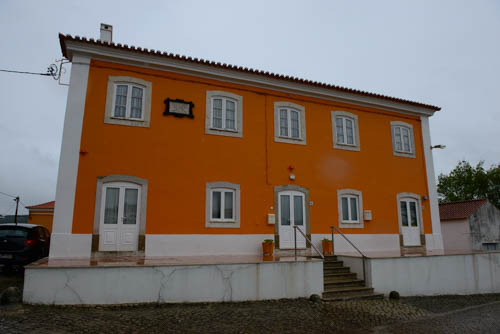
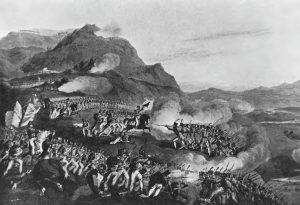
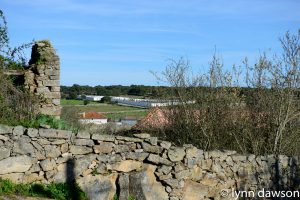
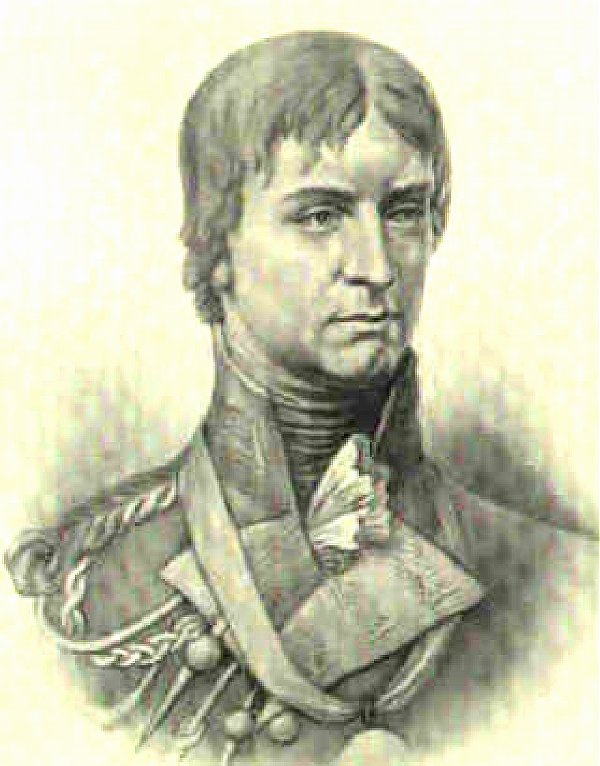
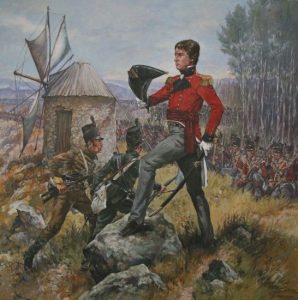 way and other than Lord Wellington, one of my absolute favourites has to be General Robert Craufurd, known to the army as Black Bob, the irascible genius who commanded the Light Division, the elite troops of Wellington’s army.
way and other than Lord Wellington, one of my absolute favourites has to be General Robert Craufurd, known to the army as Black Bob, the irascible genius who commanded the Light Division, the elite troops of Wellington’s army.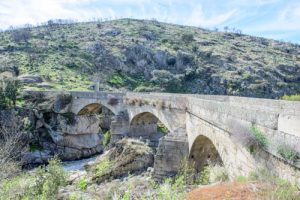
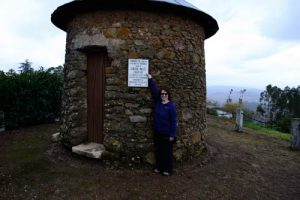
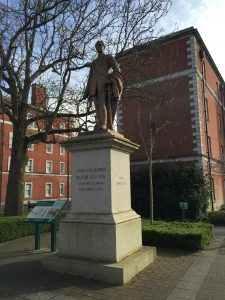
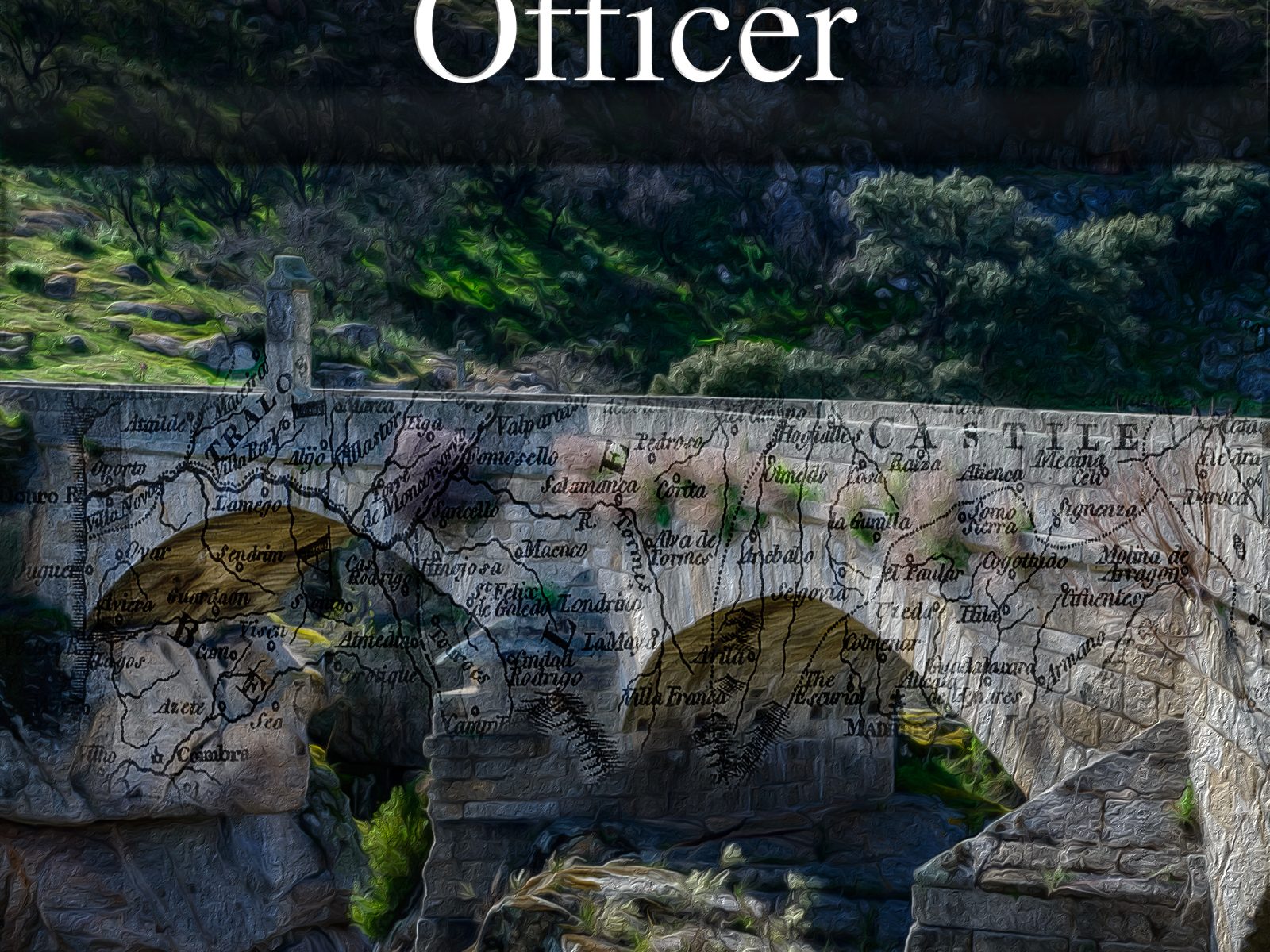
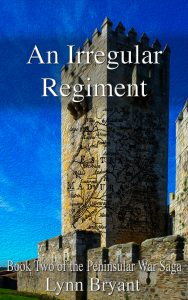
 The British Army drew many of its raw recruits from the lowest classes of Britain. Since army life was known to be harsh and poorly paid it attracted mainly those for whom civilian life was worse. The Duke of Wellington’s famous quote describes them as “the scum of the earth” and claimed that many of the men “enlist from having got bastard children – some for minor offences – some for drink”. But there were other reasons.
The British Army drew many of its raw recruits from the lowest classes of Britain. Since army life was known to be harsh and poorly paid it attracted mainly those for whom civilian life was worse. The Duke of Wellington’s famous quote describes them as “the scum of the earth” and claimed that many of the men “enlist from having got bastard children – some for minor offences – some for drink”. But there were other reasons.
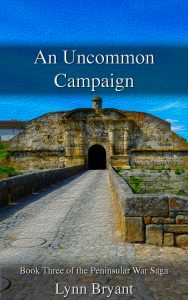
 As an author of historical novels, and specifically historical romance, I will own up to being a bit of a romantic.
As an author of historical novels, and specifically historical romance, I will own up to being a bit of a romantic.